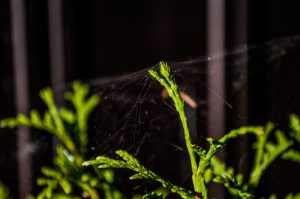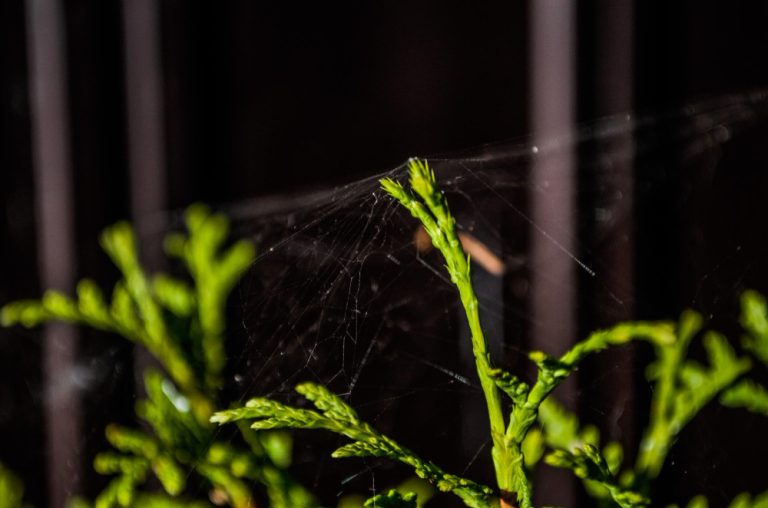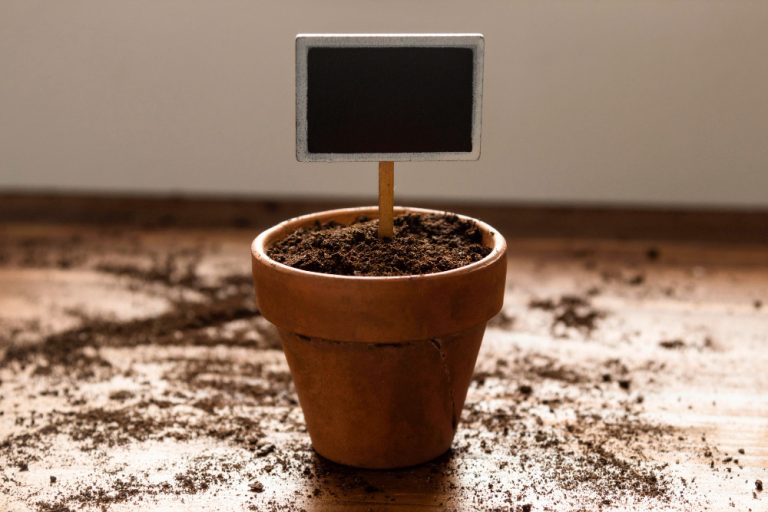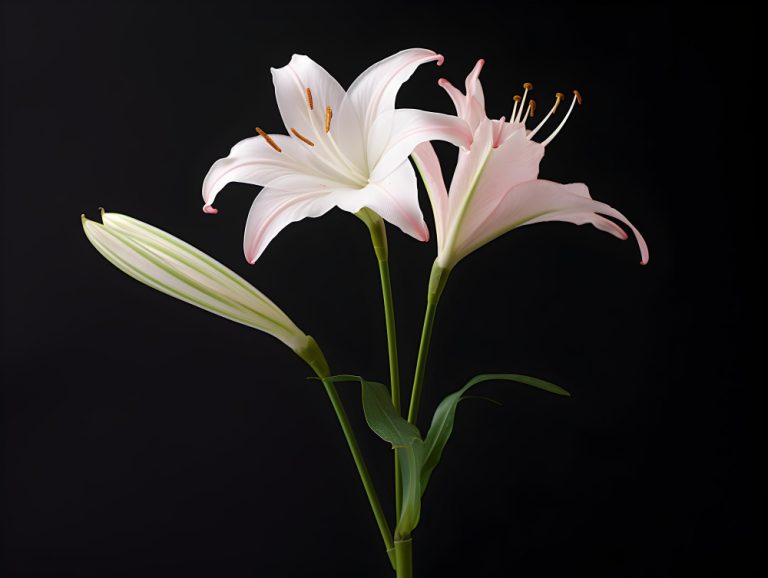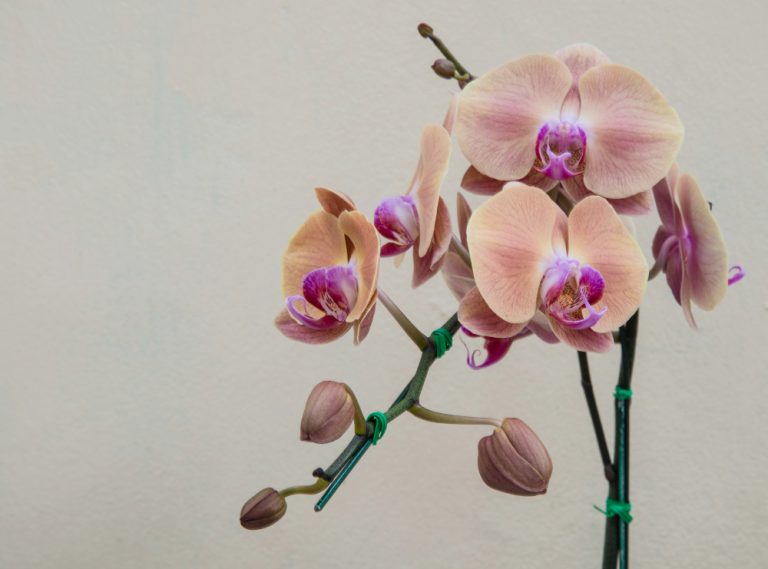Indoor plants can fall victim to a variety of pesky pests that can wreak havoc on their health and appearance. From tiny aphids to pesky spider mites, these unwanted visitors can infest your plants, causing damage to leaves, stems, and flowers. Identifying the specific pests plaguing your indoor plants is the first step toward effective pest control. Keep an eye out for telltale signs of infestation, such as discolored or distorted leaves, sticky residue on plant surfaces, or tiny insects crawling on foliage. Once you’ve identified the culprit, it’s time to take action to banish bugs from your indoor oasis.
DIY Pest Control Solutions
When it comes to getting rid of bugs on indoor plants, there are plenty of natural remedies and DIY solutions to try before resorting to harsh chemicals. One popular method is to create a homemade insecticidal soap by mixing a few drops of mild liquid dish soap with water in a spray bottle. Spray the solution onto affected plants, focusing on the undersides of leaves where pests tend to hide. Another option is to use neem oil, a natural insecticide derived from the seeds of the neem tree. Dilute neem oil with water according to the manufacturer’s instructions and spray it onto your plants to repel pests and inhibit their reproduction.
Introducing Beneficial Insects
Sometimes, the best way to combat plant pests is by enlisting the help of nature’s own pest control agents: beneficial insects. Ladybugs, lacewings, and predatory mites are just a few examples of beneficial insects that feed on common plant pests such as aphids, thrips, and spider mites. You can purchase these beneficial insects from garden centers or online suppliers and release them into your home to help keep pest populations in check. Just be sure to provide them with a suitable environment with plenty of food and shelter to encourage them to stick around and continue their pest-control duties.
Containing Infestations
If you discover that one of your indoor plants is infested with pests, it’s crucial to act quickly to prevent the infestation from spreading to other plants in your home. Remove the affected plant from its usual location and isolate it from other plants to contain the infestation. Inspect nearby plants for signs of pest activity and treat them preventatively with natural remedies or beneficial insects if necessary. Quarantine the infested plant until the pests have been eradicated, regularly monitoring it for signs of reinfestation before reintroducing it to your indoor garden.
Creating an Unwelcoming Environment for Pests
Preventing pest infestations in the first place is often the most effective form of pest control. By creating an environment that is less hospitable to pests, you can help keep your indoor plants healthy and pest-free. Start by maintaining good plant hygiene by regularly removing dead or decaying foliage, which can attract pests and provide them with a breeding ground. Avoid overwatering your plants, as soggy soil can attract fungus gnats and other moisture-loving pests. Additionally, provide your plants with proper airflow and ventilation to discourage the buildup of humidity, which can promote pest infestations.
Maintaining a Pest-Free Environment
Even after you’ve successfully eradicated pests from your indoor plants, it’s essential to remain vigilant and monitor your plants regularly for signs of reinfestation. Inspect your plants for signs of pest activity, such as yellowing or wilting leaves, sticky residue, or tiny insects, and take prompt action at the first sign of trouble. By staying proactive and practicing good plant care habits, you can help keep your indoor garden healthy and pest-free year-round. With a little patience and persistence, you can banish bugs from your indoor plants and enjoy a thriving, pest-free oasis in your home.
